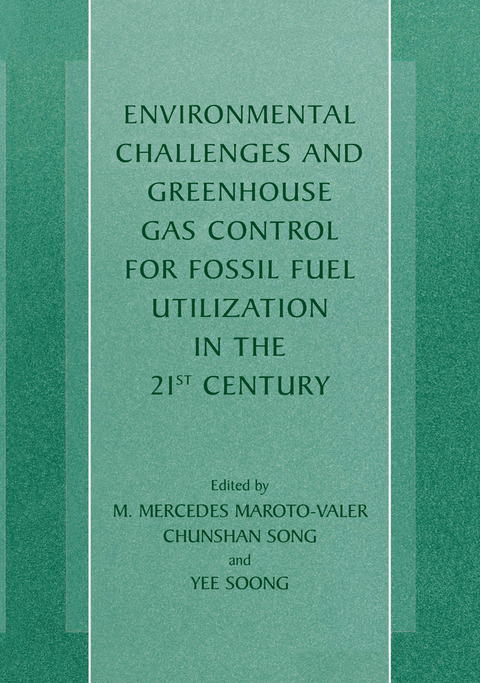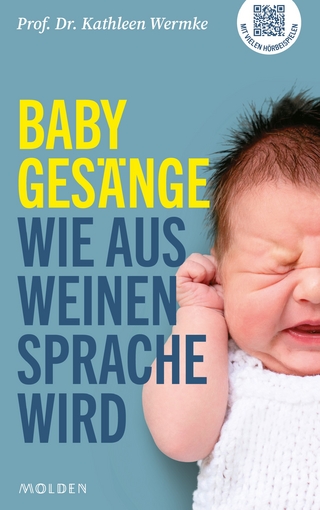
Environmental Challenges and Greenhouse Gas Control for Fossil Fuel Utilization in the 21st Century
Kluwer Academic/Plenum Publishers (Verlag)
978-0-306-47336-4 (ISBN)
1: Pollutant Emissions.- Analysis of Multiple Emission Strategies in Energy Markets.- Mercury in Illinois Coals: Abundance, Forms, and Environmental Effects.- Characterization of Particulate Matter with Computer-Controlled Scanning Electron Microscopy.- Dioxin and Furan Formation in FBC Boilers.- Reducing Emissions of Polyaromatic Hydrocarbons from Coal Tar Pitches.- 2: Carbon Sequestration.- Carbon Sequestration: An Option for Mitigating Global Climate Change.- Using a Life Cycle Approach in Analyzing the Net Energy and Global Warming Potential of Power Production via Fossil Fuels with CO2 Sequestration Compared to Biomass.- Carbon Storage and Sequestration as Mineral Carbonates.- Sequestration of Carbon Dioxide by Ocean Fertilization.- Polyelectrolyte Cages For A Novel Biomimetic CO2 Sequestration System.- Novel Solid Sorbents for Carbon Dioxide Capture.- 3: Greenhouse Gas Emissions Control.- Near Zero Emission Power Plants as Future CO2 Control Technologies.- Reducing Greenhouse Emissions from Lignite Power Generation by Improving Current Drying Technologies.- Reduction Process of CO2 Emissions by Treating With Waste Concrete via an Artificial Weathering Process.- Understanding Brown Coal-Water Interactions to Reduce Carbon Dioxide Emissions.- High Temperature Combustion of Methane over Thermally Stable CoO-MgO Catalyst for Controlling Methane Emissions from Oil/Gas-Fired Furnaces.- Dual-Bed Catalytic System for Removal of NOx-N2O in Lean-Burn Engine Exhausts.- 4: Utilization of CO2 for Synthesis Gas Production.- Tri-reforming of Natural Gas Using CO2 in Flue Gas of Power Plants without CO2 Pre-separation for Production of Synthesis Gas with Desired H2/CO Ratios.- Effect of Pressure on Catalyst Activity and Carbon Deposition During CO2 Reforming of Methane over Noble-Metal Catalysts.- CO2 Reforming of CH4 to Syngas over Ni Supported on Nano-?-Al2O3.- Oxy-CO2 Reforming and Oxy-CO2 Steam Reforming of Methane to Syngas over COxNi1-xO/MgO/SA-5205.- Carbon Routes In Carbon Dioxide Reforming of Methane.- 5: Utilization of CO2 for Chemical Synthesis.- Life Cycle Assessment (LCA) applied to the synthesis of methanol. Comparison of the use of syngas with the use of CO2 and dihydrogen produced from renewables.- Reduction of CO2 in Steam Using a Photocatalytic Process to Form Formic Acid.- Carbon Dioxide As a Soft Oxidant: Dehydrogenation of Ethylbenzene Into Styrene.- CO2 as a C1-Building Block for Dialkyl Carbonate Synthesis.- 6: Combustion Byproducts.- An Investigation of the Characteristics of Unburned Carbon in Oil Fly Ash.- Separation of Fly Ash Carbons by Various Cleaning Processes.- Design Approaches for Passive Treatment of Coal Combustion Byproduct Leachate.- Development of Value-Added Products from Fly Ash Carbons.
| Zusatzinfo | XII, 447 p. |
|---|---|
| Verlagsort | New York |
| Sprache | englisch |
| Maße | 178 x 254 mm |
| Themenwelt | Sachbuch/Ratgeber ► Natur / Technik ► Natur / Ökologie |
| Naturwissenschaften ► Biologie ► Ökologie / Naturschutz | |
| Naturwissenschaften ► Geowissenschaften | |
| Technik | |
| ISBN-10 | 0-306-47336-4 / 0306473364 |
| ISBN-13 | 978-0-306-47336-4 / 9780306473364 |
| Zustand | Neuware |
| Informationen gemäß Produktsicherheitsverordnung (GPSR) | |
| Haben Sie eine Frage zum Produkt? |
aus dem Bereich


